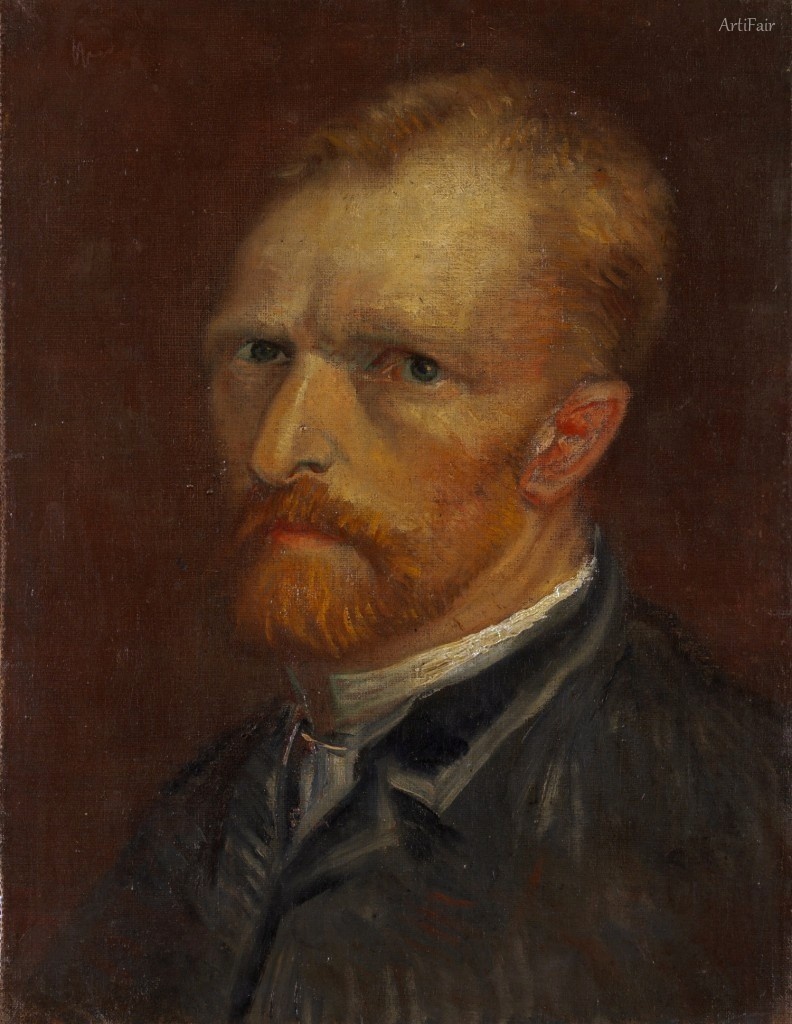
Art Appreciation
This self-portrait, painted in 1886, captures the intense gaze of the artist, whose expressive face is a testament to the emotional complexities he experienced. Van Gogh's use of bold brushstrokes and rich texture is palpable; the reddish-orange of his beard contrasts sharply against the deep, moody background, creating a vivid sense of depth. The artist's piercing eyes, set against a rugged canvas, invite the viewer into a moment of introspection. It feels as though Van Gogh is reflecting on his inner turmoil – a struggle manifesting not only in his expression but also in the very strokes that constitute his visage.
The composition is commanding, with Van Gogh's face occupying the central focus, drawing you into its emotional weight. The color palette is mainly earth tones – browns, golds, and muted greens – evoking a sense of both warmth and melancholy. This contrast amplifies the feeling of isolation he often conveyed in his works, reflecting the artist's own battles with mental health. Historically, this self-portrait sits within a crucial turning point in Van Gogh's life and art, illustrating the transition from darker, moody colors to the vibrant, dynamic colors that would define his later works. It’s a fascinating glimpse into the heart and soul of a genius, caught in a moment of raw, unfiltered humanity.